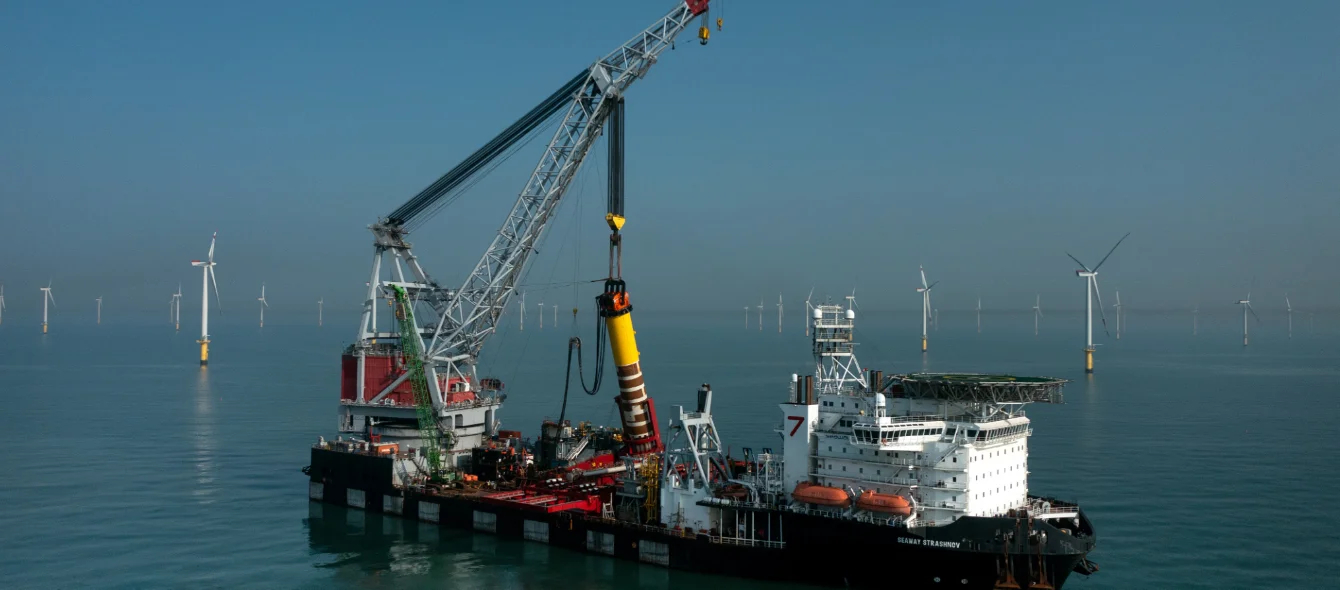Europe’s targets for wind power have ballooned as policy makers increasingly rely on the technology to deliver clean, domestically-generated energy.
The EU’s REPowerEU plan, for example, formulated in response to Russia’s invasion of Ukraine, calls for an additional 30 GW per year to be built by 2030, raising the total target to 480 GW, up from 190 GW today. Similarly, a target once set at 30 GW for offshore wind in the UK has increased to 40 GW and now 50 GW, driven by a combination of climate change and energy security concerns.
As a result, anyone could be forgiven for thinking that Europe’s wind turbine manufacturers, also known as original equipment manufacturers (OEMs), would be enjoying boom conditions.
The reality, however, is very different.
Some of the largest names in the sector have announced job cuts and factory closures both in Europe and the US over the last two years just as policy targets suggest they should be expanding their productive capacities.
Materials costs
The fact is that Europe’s OEMs find themselves caught between a rock and a hard place.
Prices for the raw materials needed to make wind turbines have risen. Take, for example, steel, an essential component in wind towers. Prices peaked at a record high of $1,725/mt, based on futures for Hot-Rolled Coil, in September.
After falling back, they have rebounded this year as a result of disruption to Russian and Ukrainian pig iron exports, again hitting a high of $1,661/mt on March 22.
Cement prices, which are heavily impacted by energy costs, have similarly risen sharply. Cement is used to build the foundations on which wind towers sit. Costs for other important materials such as fibreglass, copper and aluminium have also increased, with many base metals hitting record highs.
Yet this is only part of the story.
Competitive pressures and demand clarity
Wind farm developers increasingly win capacity rights by competitive auction, for example through the UK’s contract for difference (CfD) scheme. They need to find the lowest-cost suppliers in order to mount competitive bids, pushing pricing pressures down the supply chain.
Moreover, the auction processes, by setting how much capacity is to be awarded, effectively govern demand, but policy makers’ decisions on capacity are difficult to predict, in terms of both volume and timing. Equipment manufacturers invest in factories to meet demand, but, if that demand fails to materialise, their factories are left empty.
Sometimes, just to keep these assets active and maintain cash flow, they have been forced to produce equipment at a loss, they say.
Competition, globalisation and energy security
There are good reasons for using auctions to award capacity. They generally result in efficient outcomes that deliver capacity at the lowest cost, which in turn ensures the best deal for the state and, in the longer term, for consumers.
The competitive pressures generated by auctions, since their introduction, have been an important element in the reduction of wind power costs. Onshore wind is now significantly cheaper than fossil fuels and many new offshore wind projects will be built subsidy free.
However, to survive in a fiercely-competitive market, equipment manufacturers have to continually find ways to reduce their own production costs, which increasingly means out-sourcing to lower-cost regions of the world, such as Asia.
Hard-to-address external dependencies already exist in the renewable energy sector, but the globalisation of supply chains in search of lower costs means more and more normal components, such as the metallic shafts in wind turbines, are manufactured abroad.
With the issue of energy security to the fore, this raises the question of what energy security really means — is it simply the ability to install wind turbines to generate energy domestically, or the existence of a full supply chain in which all the necessary raw materials and components are sourced locally for wind equipment built in Europe?
In the first scenario, European electricity consumers benefit from low costs. However, the latter scenario delivers more jobs and more energy security.
Situation “unsustainable”
Speaking at the WindEurope 2022 conference, held in Bilbao, Spain, at the beginning of April, a series of leading OEMs labelled the current squeeze as “unsustainable.”
WindEurope chairman Sven Utermöhlen, who is also RWE Renewables’ offshore wind chief executive, has called for a rethink on auction processes. Rather than awarding capacity based on price alone, they should reflect the value a bid brings to the European economy and energy system more broadly, he says.
Spanish Wind Energy Association president Juan Diego Diaz also called for a change in auction priorities, noting that the EU’s new state aid rules mean auctions can be designed in such way that 30% of the award is attributed to non-price criteria.
Both climate change and energy security concerns highlight that energy provision is not all about price. Bids made into auctions can be evaluated on multiple criteria, of which affordability is undoubtably important, but not necessarily the only consideration.
